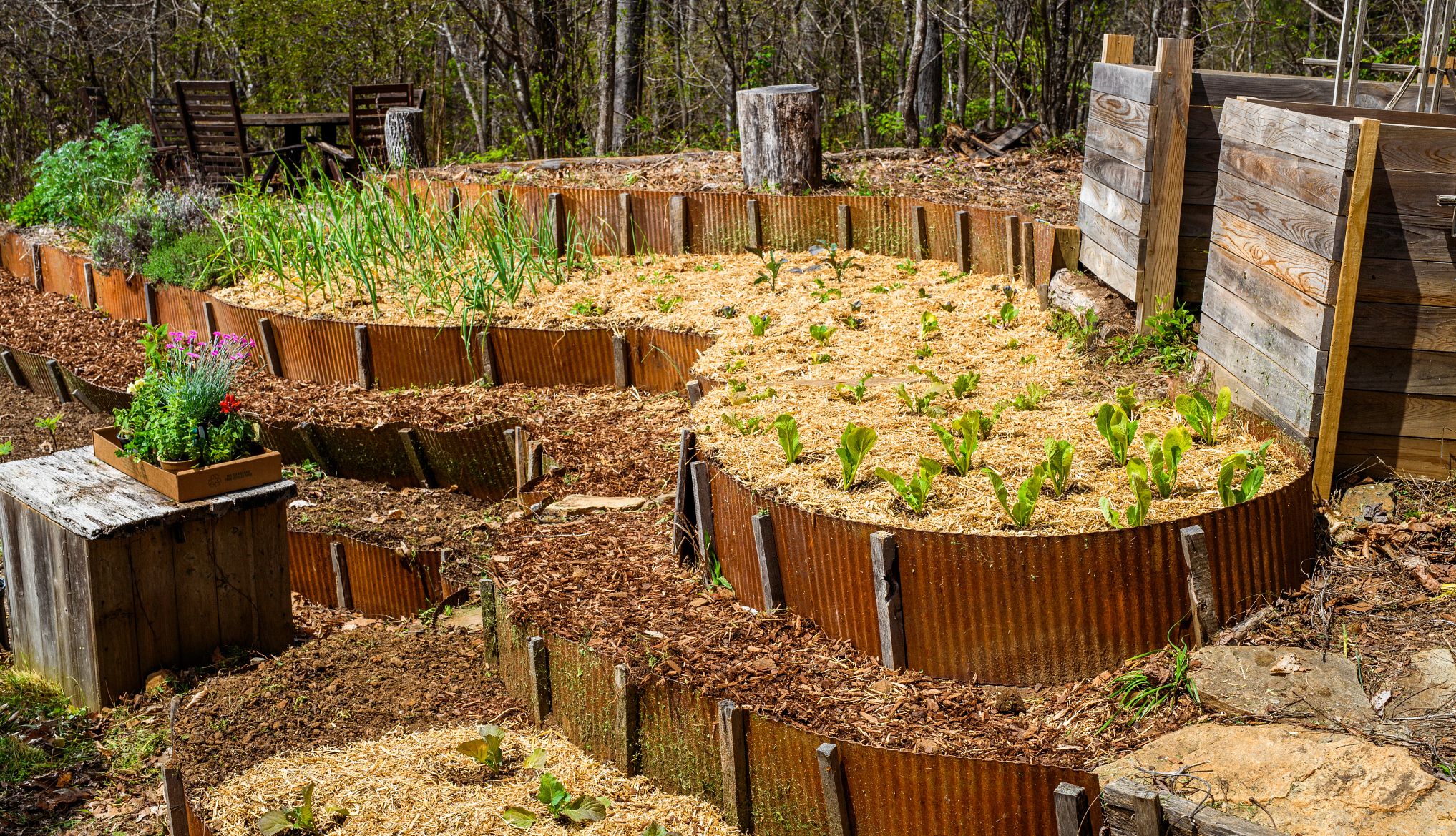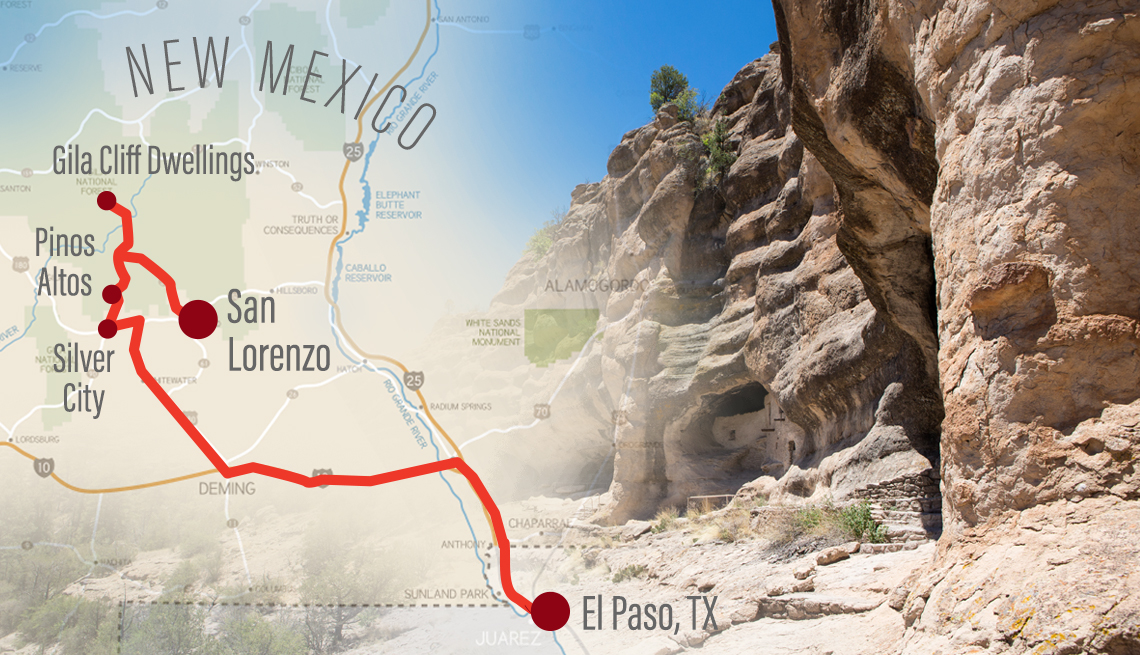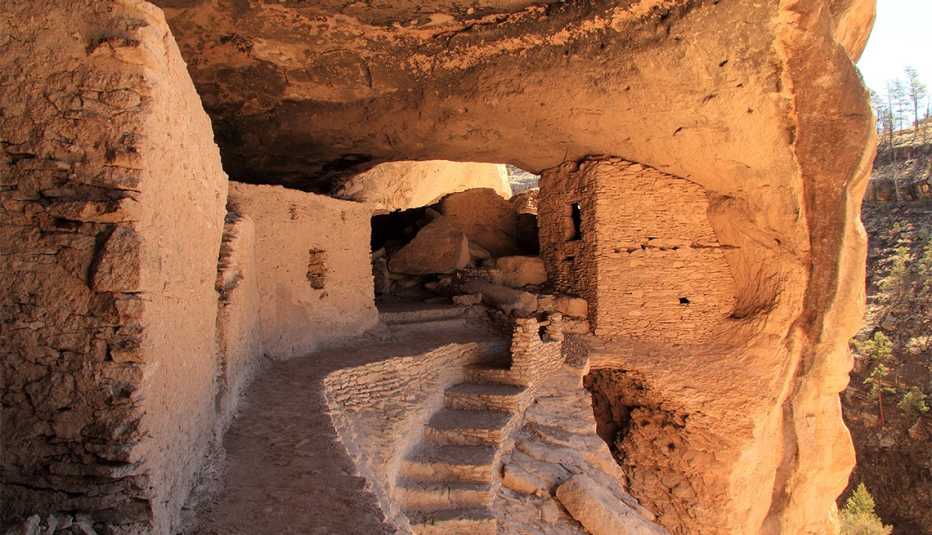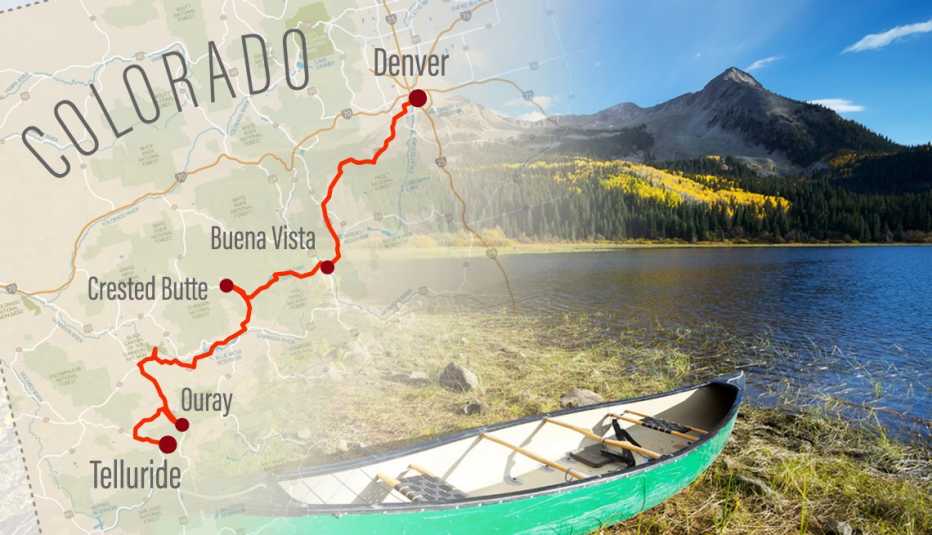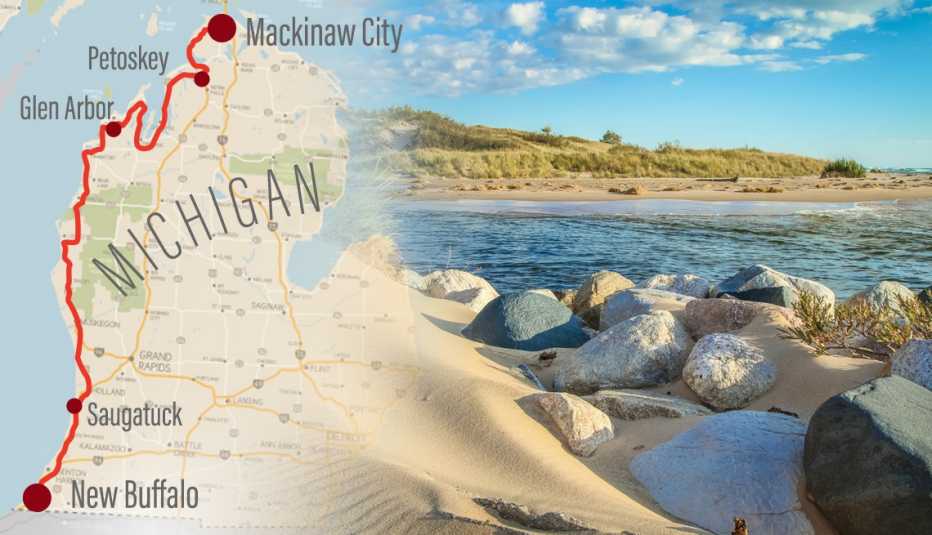Staying Fit
You'll spend most of your time on this road trip within a compact area nestled in the high desert of Southwestern New Mexico, about two and half hours from El Paso on the Texas border and three hours east of Tucson, Arizona. Each of the three stopover points suggested below have their charms, but you could also make the more bustling Silver City your convenient base and follow nearly the same entertaining itinerary.
COVID-19 update
The unpredictability of the coronavirus means travel restrictions are constantly evolving. Be sure to check New Mexico’s official website for updates before visiting from out of state, and follow CDC guidelines for safe travel.


AARP Membership— $12 for your first year when you sign up for Automatic Renewal
Get instant access to members-only products and hundreds of discounts, a free second membership, and a subscription to AARP the Magazine.

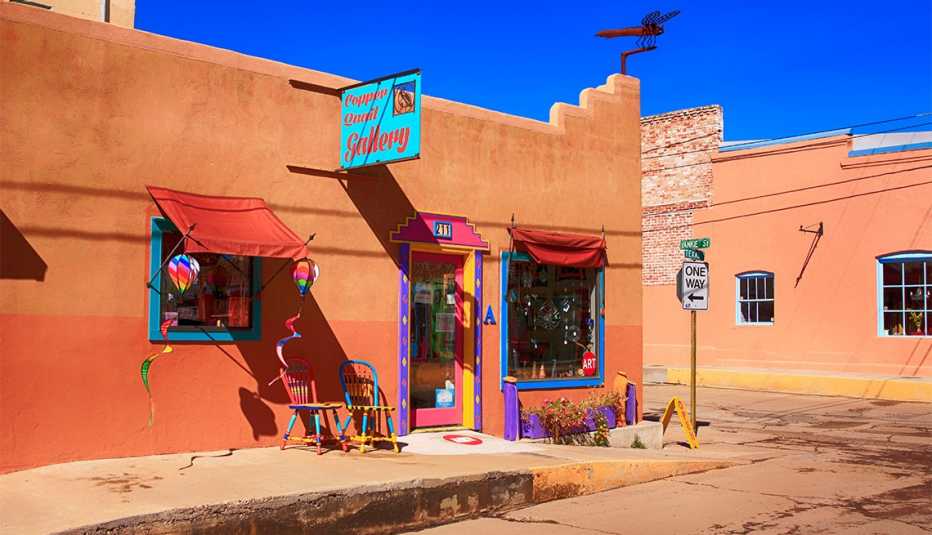
Day 1: El Paso, Texas, to Silver City, New Mexico (160 miles)
From El Paso, take Interstate 10 West (to Exit 82A) then U.S. 180 W to Silver City. Named for the precious metal discovered behind the present-day Grant County Courthouse, this small mining town of about 9,500 effortlessly combines a palpable Wild West vibe with a vibrant art community. Tucked in the high desert of New Mexico's southwest corner (elevation: 6,000 feet), the childhood home of Billy the Kid at once intrigues and captivates those who stroll its storied streets. Art unfolds long before you enter one of its 20-plus galleries, with more than 70 murals vying for your attention. The work of area teens through the Mimbres Region Arts Council Youth Mural Program, the murals serve as visual history books. Notably, Apache leader Geronimo and Billy the Kid make an appearance on the mosaic murals covering the windows of the old Masonic Temple downtown.
For an afternoon hike, venture to Boston Hill just off Market Street, where 12 miles of trails wind in and around many of the old mines above the city. Recommended for most skill levels, the Boston Hill Trail loops 1.7 miles through the wildflower-strewn terrain, leading to views of the surrounding landscape.














































